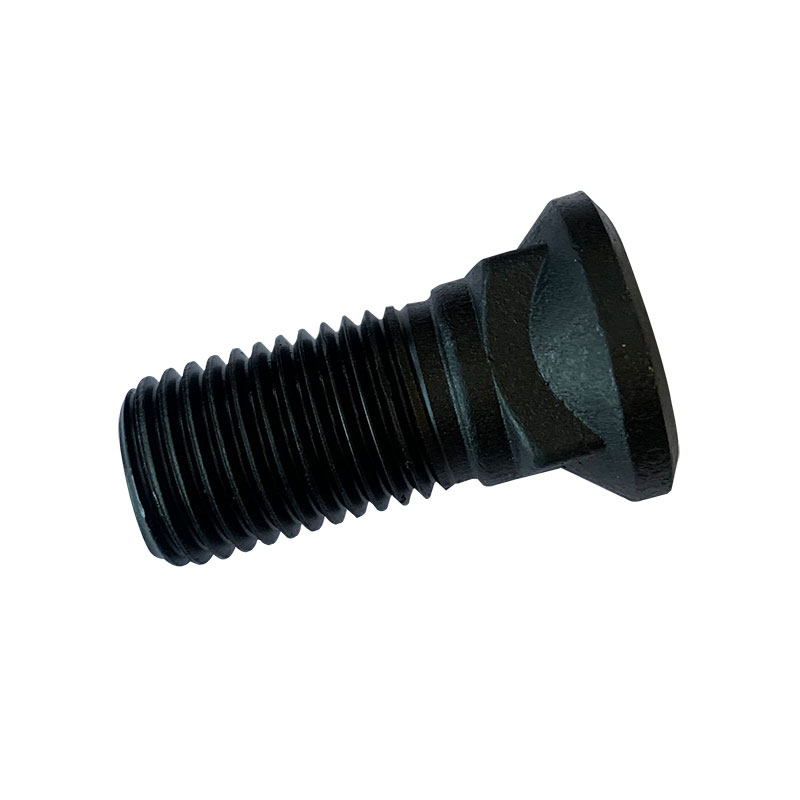Unveiling the Strength: The Story of Galvanized Bolts
2023-12-13
Introduction:
In the world of construction and manufacturing, bolts are the unsung heroes that hold everything together. Among them, galvanized bolts stand out for their unique protective coating and exceptional durability. Let's dive into the world of galvanized bolts, exploring what they are, how they're made, and why they're crucial in various industries.
Understanding Galvanized Bolts:
A galvanized bolt is a standard bolt that undergoes a special coating process known as galvanization. Galvanization involves applying a protective layer of zinc to the surface of the bolt, creating a zinc-iron alloy that shields the bolt from corrosion and rust. This process not only enhances the bolt's longevity but also provides it with a distinctive silver-gray appearance.
The Galvanization Process:
1. Surface Preparation:
The journey of a galvanized bolt begins with thorough cleaning. The bolt undergoes a series of chemical baths to remove any impurities, grease, or oxidation from its surface. This step is crucial to ensure proper adhesion of the zinc coating.
2. Pickling:
After cleaning, the bolts are immersed in an acidic solution, typically hydrochloric acid, to remove any remaining oxides and mill scale. This pickling process prepares the bolt's surface for the galvanization bath.
3. Fluxing:
The bolts are then dipped into a flux solution to prevent oxidation before entering the galvanizing bath. The flux serves as a protective layer, ensuring that the zinc adheres uniformly to the bolt's surface.
4. Galvanizing Bath:
The bolts are immersed in a bath of molten zinc, typically maintained at temperatures around 860°F (460°C). As the bolts are withdrawn from the bath, they carry a layer of zinc that solidifies on their surface. This zinc coating provides the bolts with exceptional corrosion resistance.
5. Quenching:
Once the bolts are coated with zinc, they are quenched in water or a special solution to cool them rapidly. This step ensures that the zinc coating solidifies effectively, forming a strong and durable layer.
Benefits of Galvanized Bolts:
1. Corrosion Resistance:
The primary advantage of galvanized bolts is their resistance to corrosion. The zinc coating acts as a sacrificial layer, corroding before the underlying steel is affected. This makes galvanized bolts ideal for outdoor applications and areas with high humidity.
2. Durability:
Galvanized bolts are known for their longevity. The zinc coating provides a robust barrier against environmental elements, ensuring that the bolts maintain their structural integrity over an extended period.
3. Aesthetic Appeal:
The silver-gray appearance of galvanized bolts adds an aesthetic dimension to their functionality. This makes them suitable for both functional and decorative purposes.
Conclusion:
In the world of fasteners, galvanized bolts play a crucial role in ensuring the stability and longevity of structures. Through the meticulous process of galvanization, these bolts acquire a protective layer that not only enhances their durability but also adds a touch of resilience to the structures they support. As we continue to build and create, the story of galvanized bolts remains an essential chapter in the tale of strength, durability, and corrosion resistance.



